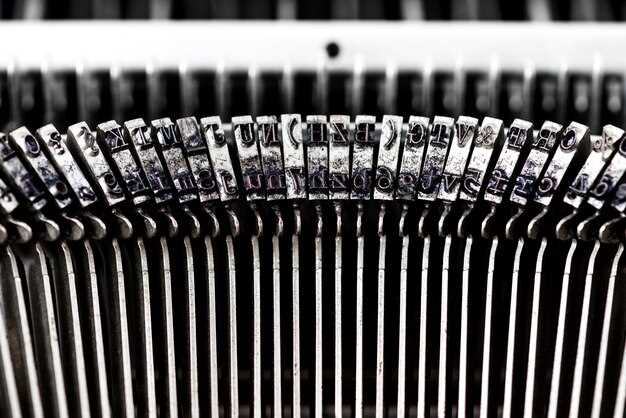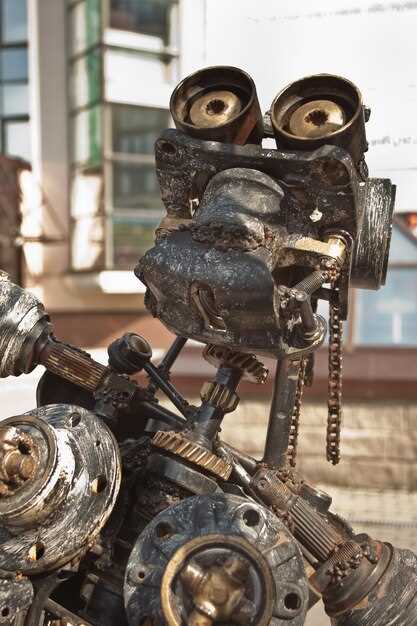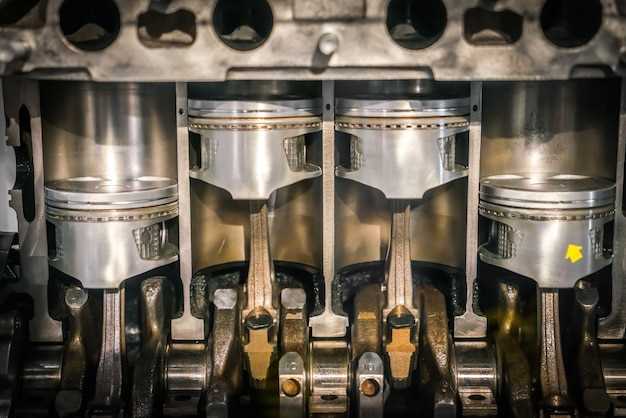

When it comes to enhancing racing performance, car enthusiasts often face a pivotal decision: should they opt for crate engines or pursue custom builds? Both options present distinct advantages and challenges that can significantly impact the overall outcome of a racing project. Understanding the nuances between these two approaches is essential for anyone looking to maximize engine power and efficiency on the track.
Crate engines offer a straightforward solution, providing ready-to-install powerplants developed by manufacturers to ensure reliability and performance. These engines come with predefined specifications, allowing racers to make an easy swap without the hassle of extensive modifications. On the other hand, custom builds present an opportunity for tailored performance, enabling builders to select specific components that cater to their unique racing style and requirements. This flexibility can yield a more powerful and responsive engine, but it also demands a deeper understanding of engineering principles and a greater investment of time and resources.
The choice between a crate engine and a custom build often boils down to individual goals and budget. Those prioritizing simplicity and immediate power should consider a crate engine, while those seeking to push the limits of performance may gravitate toward a custom build. Ultimately, weighing the pros and cons of each approach will lead to a more informed decision in the quest for racing excellence.
Evaluating the Pros and Cons of Crate Engines for Racing Applications
Crate engines have become a popular choice among racers and enthusiasts seeking performance enhancements. When considering a crate engine for racing applications, it’s essential to weigh the benefits against the drawbacks.
One significant advantage of crate engines is their convenience. These pre-assembled powerplants eliminate the complexities associated with custom builds, such as sourcing individual components and ensuring compatibility. For teams looking to swap engines quickly, the ready-to-install nature of crate engines proves invaluable, allowing for minimal downtime and immediate performance enhancements on the racetrack.
Certain crate engines offer reliability and consistency, as they are typically factory-tested to meet specific performance metrics. This assurance leads to reduced risk of mechanical failures during races, an essential factor when competing at high levels. Furthermore, many crate engines come with warranties, providing peace of mind for racers who invest heavily in their vehicles.
On the other hand, crate engines may lack the customization potential that some racing enthusiasts desire. While they provide excellent performance out of the box, the limited options for tuning may not meet the specific needs of every racer or racing class. Custom builds allow for tailored performance characteristics, enabling teams to optimize engines to fit particular racing styles or regulations.
Additionally, crate engines often come at a higher initial cost compared to a DIY custom build. While the overall expenses may balance out when considering the time and expertise required for a custom setup, the upfront investment in a crate engine can be substantial. Racers must evaluate their budgets and performance goals carefully before making a decision.
Ultimately, the choice between crate engines and custom builds revolves around individual racing goals, budget constraints, and personal preferences. Understanding the pros and cons allows racers to make informed decisions that can dramatically influence their competition success.
Key Considerations for a Successful Engine Swap in Performance Racing

When considering an engine swap for performance racing, a variety of key factors come into play. First and foremost, understanding the compatibility of the new crate engine with the existing drivetrain components is essential. This includes ensuring that the engine mounts, transmission, and differential can handle the power and torque output of the new engine.
Another critical consideration is the weight distribution of the vehicle. An engine swap can significantly alter the center of gravity, affecting handling and stability. Therefore, it’s important to evaluate how the new engine’s weight compares to the original and make adjustments to suspension and braking systems accordingly.
Proper integration of the engine management system is vital for maximizing performance. This involves selecting the right engine control unit (ECU) that can optimize the crate engine’s capabilities, allowing for better fuel mapping and tuning options tailored to race conditions.
Additionally, the fuel system must be upgraded to match the demands of the new engine. Higher horsepower outputs typically require enhanced fuel pumps, injectors, and line sizes to ensure consistent performance without starvation during high-speed scenarios.
After the swap, thorough testing is imperative to assess not just raw power but overall drivability and reliability in a racing environment. Continuous tuning and adjustments may be necessary to achieve the best results on the track.
In summary, successful engine swaps for performance racing require careful consideration of compatibility, weight distribution, engine management, fuel systems, and thorough testing to unlock the full potential of a new crate engine.
Guidelines for Custom Engine Builds: Maximizing Power and Reliability

Building a custom engine can significantly enhance racing performance, but it requires careful planning and execution. Here are key guidelines to consider when undertaking a custom engine build.
1. Define Your Goals: Before starting your build, outline clear performance objectives. Determine whether you seek maximum horsepower, better torque delivery, or improved reliability. This will guide your decisions throughout the process.
2. Choose the Right Base Engine: Selecting a suitable base engine is crucial. Consider factors such as displacement, weight, and compatibility with your vehicle. Popular options for engine swaps include well-known platforms that offer robust aftermarket support.
3. Focus on High-Quality Components: Invest in high-performance parts that enhance reliability and power output. Components like forged pistons, high-performance camshafts, and high-flow cylinder heads can contribute significantly to engine performance.
4. Optimize Airflow: Ensuring proper airflow is vital for engine efficiency. Upgrading intake and exhaust systems can drastically improve performance. Consider adding a performance intake manifold and headers designed to reduce back pressure while increasing airflow.
5. Fuel System Upgrade: A custom engine often requires an upgraded fuel system to deliver adequate fuel to meet the increased demands. Evaluate the fuel pump, injectors, and lines to ensure they can support the engine’s power goals.
6. Tuning: After the build, proper tuning is essential for optimizing performance and ensuring engine reliability. Utilize a professional tuner who can adjust fuel maps and ignition timing to achieve the best results. A dyno session can provide valuable data for fine-tuning the setup.
7. Monitor Engine Health: Post-build, implement monitoring systems to keep track of crucial metrics like temperature, oil pressure, and boost levels (if applicable). This will help identify potential issues before they escalate, ensuring long-term reliability.
8. Regular Maintenance: Custom engines require routine maintenance to perform at their best. Regular oil changes, timely inspections, and addressing wear parts can prevent issues and prolong engine life.
By following these guidelines, you can create a custom engine that maximizes power output while ensuring reliability, making your racing experience both thrilling and dependable.





